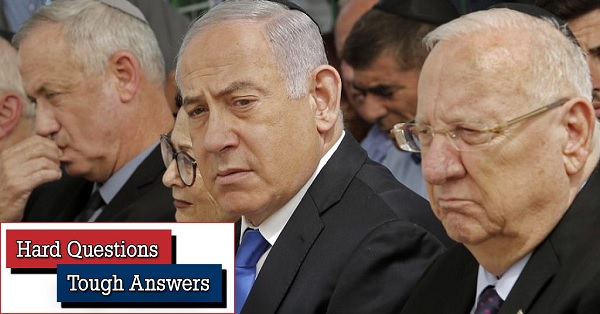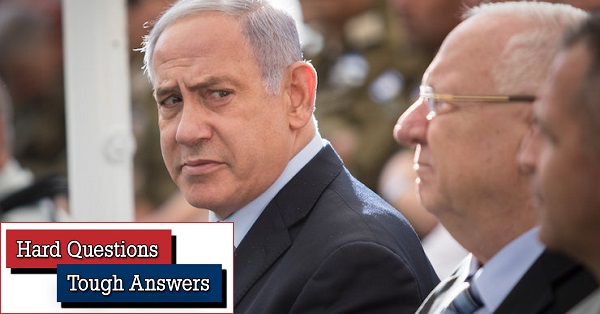Americans for Peace Now signed on to a letter sent by T'ruah, The Rabbinic Call for Human Rights, to
Israel's High Court of Justice ahead of the Court's hearing of Human Rights Watch's Omar Shakir against the
government of Israel's decision to deport him from Israel:
24 September 2019
Israeli Supreme Court Chief Clerk, Idit Malul
Supreme Court Justices and Registrars
Sha’arei Mishpat St
Jerusalem 9195001 Israel
Dear Ms. Malul,
We write on behalf of five American Jewish organizations in support of Omar Shakir, the Israel and Palestine
Director of Human Rights Watch. We call on the Israeli government to cease its efforts to deport Shakir and on the
Israeli Supreme Court to reverse the lower court ruling that upheld the deportation.
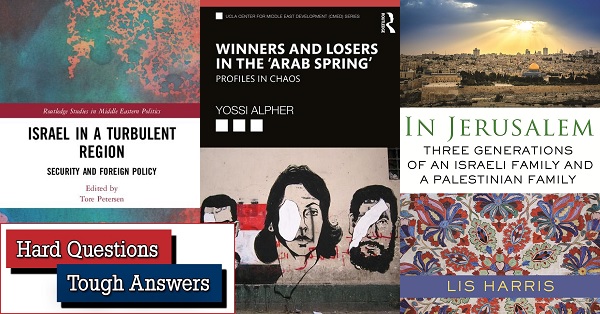

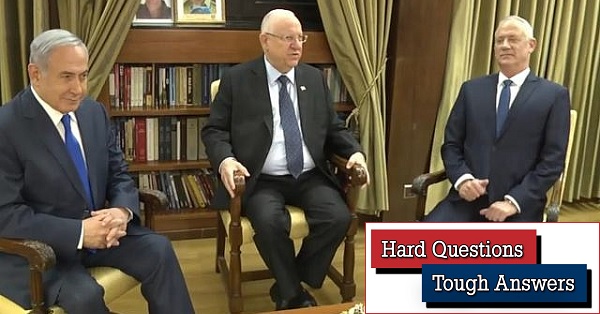
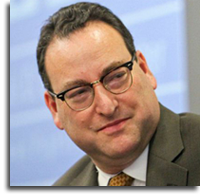 Americans for Peace Now mobilized opposition to the confirmation
of Kenneth Marcus as Assistant Secretary of Civil Rights in the Department of Education over
Americans for Peace Now mobilized opposition to the confirmation
of Kenneth Marcus as Assistant Secretary of Civil Rights in the Department of Education over 
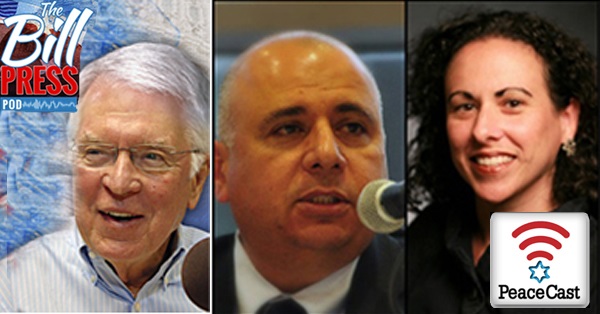
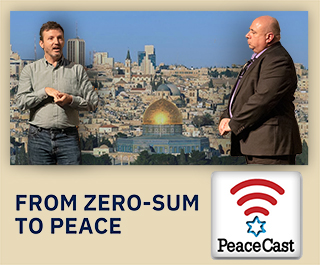 This episode of APN's podcast features a presentation that Nizar
Farsakh and Ori Nir gave at Ithaca College on September 17th. The talk was an attempt to make the
Israeli-Palestinian conflict more accessible to young people by weaving personal narratives of an
Israeli-American and a Palestinian-American into the collective national narratives of Israelis and
Palestinians.
This episode of APN's podcast features a presentation that Nizar
Farsakh and Ori Nir gave at Ithaca College on September 17th. The talk was an attempt to make the
Israeli-Palestinian conflict more accessible to young people by weaving personal narratives of an
Israeli-American and a Palestinian-American into the collective national narratives of Israelis and
Palestinians.
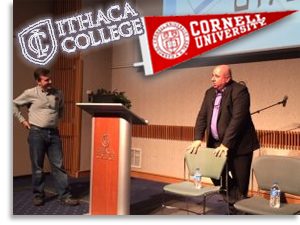 On September 17th, Ori Nir participated in two
special events at Cornell University and Ithaca College together with Nizar Farsakh, the chair of the Board of
the Museum of the Palestinian People in Washington DC.
On September 17th, Ori Nir participated in two
special events at Cornell University and Ithaca College together with Nizar Farsakh, the chair of the Board of
the Museum of the Palestinian People in Washington DC.
